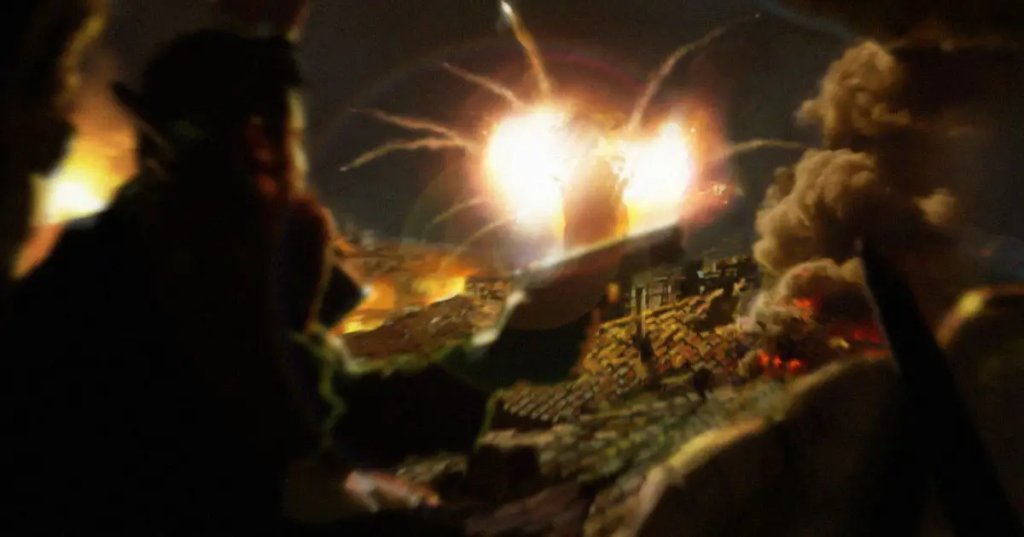When the Axis attacked the town of Sommocolonia the day after Christmas, 1944, they thought they made quite a breakthrough. Dislodging elements of the 92nd Infantry Division, they stormed through the town intent on retaking it.
They didn’t reckon on running into Lt. John R. Fox.

Fox grew up in Cincinnati, Ohio before attending Wilberforce University outside of Dayton. While at Wilberforce, Fox was a member of the University’s ROTC detachment and studied under retired Chief Warrant Officer Aaron R. Fisher.
Fisher was awarded the Distinguished Service Cross during WWI for holding his position against superior odds while a member of the 366th Infantry Regiment, 92nd Infantry Division.
Upon his graduation in 1940, Fox was commissioned a Second Lieutenant of artillery in the U.S. Army. When World War II broke out, Fox, being African-American, was assigned to the segregated 92nd Infantry Division as part of the 598th Field Artillery Battalion.

The 92nd arrived in Italy in August 1944 and participated in actions in the Allied drive northward. The Division crossed the Arno River and contributed to the attack on the Gothic Line. By November, the division was holding the line and conducting patrols in the Serchio River Valley.
Around this time, Fox was transferred from the 598th Field Artillery to the Cannon Company, 366th Infantry Regiment – the same regiment his mentor, Aaron Fisher, bravely served in 26 years earlier.
Opposite the Americans was an amalgamation of Italian and German infantry forces preparing for a renewed offensive.
On the morning of Dec. 26, 1944, this group of eight Axis battalions launched Operation Winter Storm and crashed into the 92nd Infantry Division’s positions in the Serchio River Valley.
Caught off guard by the surprise attack, units of the 92nd fell back across the line.

As his unit retreated from Sommocolonia, Lt. Fox volunteered to remain behind to call for defensive fire against the attacking enemy. Several other members of his forward observation party agreed to stay behind as well.
They took up a position in the second story of a house which offered an excellent vantage point as the Germans poured through the streets. While the Germans pressed the attack, Fox rained down fire into the village.
The Germans came closer and closer to Fox’s position, and as they moved, so did the artillery fire – until it was nearly right on top of him.
At this point, the Germans must have realized where Fox was positioned as they were swarming around the house. He radioed, “that last round was just where I wanted it, bring it in 60 yards more.”
He was asking for the fire to be brought down right on top of his position.
The man on the other end was confused and asked Fox if he was sure of what he was asking. “There are more of them than there are us,” Fox said “fire it.”

American artillery obliterated the house, but Fox had not died in vain. His heroic deeds held up the German advance and allowed for American forces to regroup for a counterattack.
When the Americans retook the village, they found the rubble of the house Fox had made his stand in. In the ruins were the bodies of Fox and eight Italian partisans who had been fighting alongside him. Surrounding the house, the bodies of over 100 German soldiers were counted.
Unfortunately, due to the pervasive racism of the time, Fox’s sacrifice was not immediately recognized. A later review in 1982 recognized the error and awarded Fox a posthumous Distinguished Service Cross.
A second review in the 1990s once again came across Lt. Fox’s actions and upgraded his award to the Medal of Honor. His widow received the award from President Bill Clinton in 1997.
The grateful Italians of Sommocolonia erected a monument to the sacrifice of Fox and the eight Italians who died by his side.


